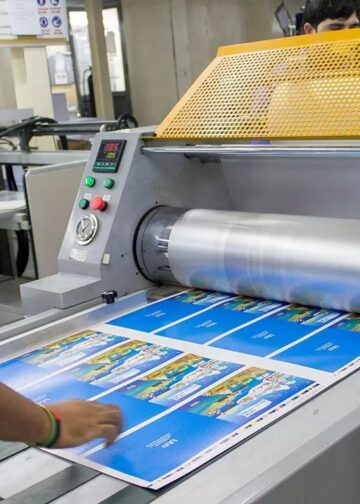Urbanization is a fairly new concept. In fact, before 1870, only two cities—New York and Philadelphia—had more than 500,000 inhabitants. New York had around 813,000, while Philadelphia had about 565,000 people. But the Industrial Revolution that spanned almost eight decades—from 1760 to 1840—brought a reorganization of society. Businesses boomed. Railroads constructed. Cities grew and prospered. And like seeds from the ground, skyscrapers became more than an imagination.
In 2018, there were 7.6 billion people in the world. Of that number, 4.2 billion were in urban areas, while 3.4 billion were living in rural areas. By 2050, the United Nations project that the global population will hit 9.8 billion. Of that number, 6.7 billion will be living in an urban setting, while 3.1 will be in rural areas.
Did you notice that more people will move to urban cities while the number of people in rural areas will decline? But this estimate was before the coronavirus pandemic. It makes you wonder if it will change after the pandemic. The latest figures show that there is a movement from urban cities to rural areas as people deem cities to be more dangerous to their health and wellness.
The Industrial Revolution
At the core of the Industrial Revolution was the steel industry. This particular industry was the heart of America’s move to an industrialized nation. The boom of this particular industry made everyone a steel supplier. Suddenly, they all wanted a chunk of the market. People finally understood the clamor for better boats, cars, buildings, homes, roadways, and even telegraph.
The steel industry rose like nothing you have seen before. Railways were the main mode of transportation during that time. It used to be made of iron, but that was quickly replaced with steel. They found out that steel lasts longer and thus is most cost-efficient. Today, steel makes up most railways, but the production and process are vastly different.
What Forced Americans to Move to the Cities?
As businesses started to boom, then-President Henry Ford introduced a new system to the manufacturing industry. This new system was the assembly line, which means that factories need more workers to add to the sequence. The assembly line is a process in which workers line up next to a long table. Products move from one workstation to another until the final part is added.
Farmers migrated to the cities because of the demand for workers. Manufacturing companies paid good and stable money. It improved the lives of many rural farmers who decided to leave their land behind. It was during this time, too, that the manufacturing sector boomed in Birmingham, Alabama. Scores of farmers and laborers trooped to the state to find better opportunities.
While laborers looked for opportunities in the assembly line, capitalists (or those with money to invest) moved to the cities. Young entrepreneurs saw the city as a source of wealth. There, they were more than landowners. They were businessmen, too. They could invest in new ventures and grow their wealth.
This migration to urban areas gave birth to cities such as New York and Chicago. Big businessmen such as industrialist Andrew Carnegie saw the revolution. He made his factories produce structural steel for high-rise buildings. This kind of steel was different from the Bessemer steel that many used for railroad tracks.
From there, the cities grew exponentially. So by the year 1920, more Americans were living in cities than in rural areas. These cities became a force as they continued this growth well until today. The steel industry was at the heart of this. It allowed cities to grow, paving the way for connectivity, globalization, and productivity.
Will Urbanization Suffer Because of Covid-19?
It remains to be seen how impactful the pandemic will be on urbanization. During the height of the outbreak, people moved from urban cities to the suburbs. Is the move permanent? With the new normal set in place in most cities, people begin trickling again to the cities.
While there is a scare among urbanites that infection is more probable in the cities, they take the same risks those long-ago farmers and rural landowners took. They are seeking better opportunities in the cities. There is nothing absolute about their move, but they do it for the chance for a better life.
Society has gone a long way. The end, of course, is nowhere in sight. Because although people from the 1800s could never have imagined what their achievements brought, this new generation is nowhere near ready to stop innovating, discovering, and improving. The world stands with bated breath as it waits for what they can bring.
















